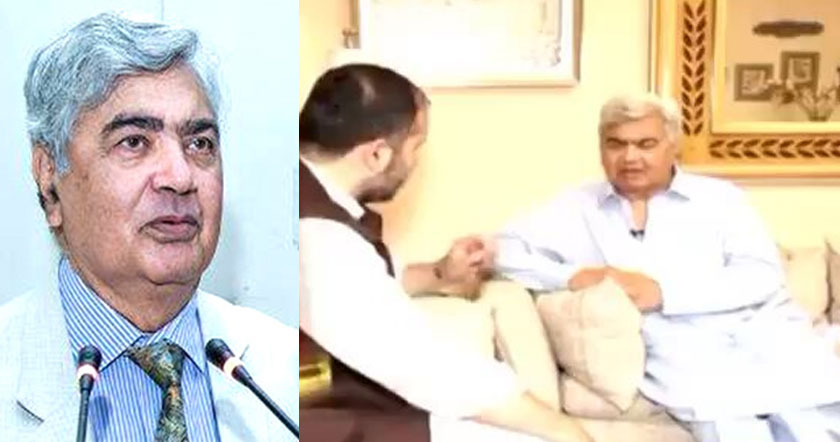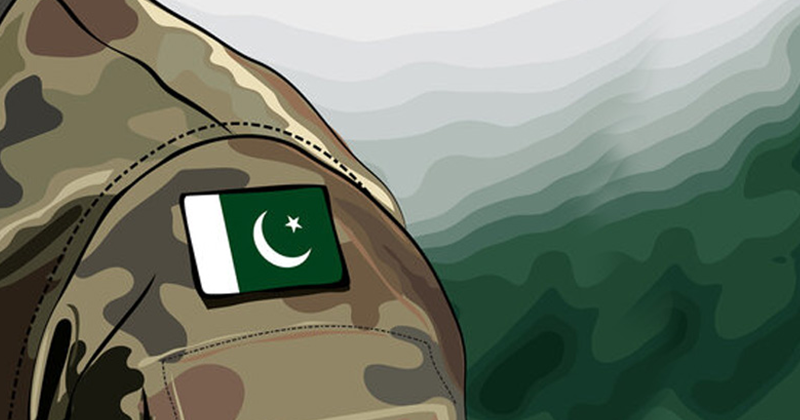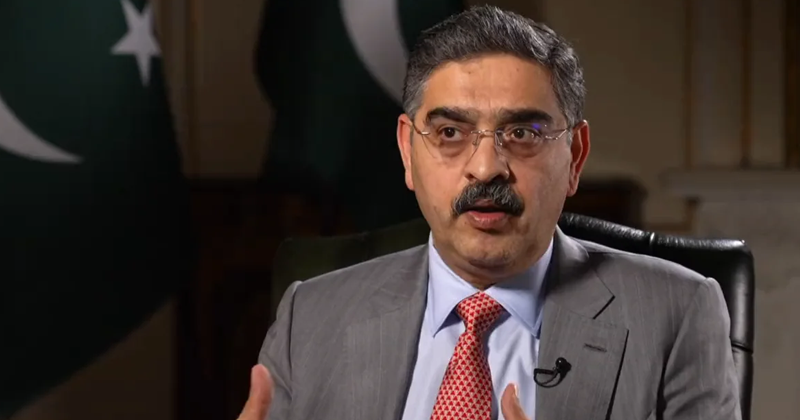
Field report*s show that the percen*tage of people suffer*ing from hepati*tis is betwee*n 50 and 70.
By Imran Rana
Published: June 26, 2013
FAISALABAD: More than half of the rural population of Faisalabad is suffering from hepatitis C, field surveys conducted by the Liver Foundation Trust Faisalabad in June have concluded.
The trust- set up in 2005 under a private-public partnership- runs a liver centre and a mobile health care unit that visits a village each everyday in the region. It now plans to extend its capacity with a Rs100 million investment to deal with the emergency situation. The centre runs with help from philanthropists, who pay for two to 10 patients each.
Field reports show that the percentage of people suffering from hepatitis is between 50 and 70.
In the Muhammadwala village, where 223 patients were tested in the second week of June, 65 per cent were diagnosed with hepatitis C and four per cent with hepatitis B. In a village visited last week, the hepatitis C ratio was 69 per cent.
Doctors at the centre say patients lack awareness about how to protect themselves against the disease. The mobile health units reach out to liver patients at their doorsteps for creating awareness and treatment.
Sheikh Ashfaq Ahmad, the trust’s founder trustee, said trust was vaccinating hepatitis B patients in the rural areas free of cost. He said the daily expense of the unit was Rs300,000. Visiting villages cost Rs9 million a month. The money, he said, came from philanthropists. Overseas Pakistanis in the UK and the USA also contribute for the hospital, he added.
He said the land for the centre had been provided by the district headquarters hospital. The management had spent Rs30 million on purchase of the equipment for the centre, he added. Ahmad said the trust has been asking the businessmen in other cities to open similar centres as treatment of hepatitis C was very expensive.
Talking about the expansion plan, he said, it was designed to cater to the needs of the city where one-fourth of the population was suffering from the disease. He said the ratio was fast increasing.
Dilbur Hafeez, a patient at the liver centre, told The Express Tribune that he had been under treatment at the centre for several years. He said when he was first diagnosed with hepatitis C, he didn’t know he would live this long since he could not afford the treatment. “The hospital has not charged a single penny from my treatment,” he said.
http://tribune.com.pk/story/568272/liver-disease-50-of-rural-population-hepatitis-c-positive/





































